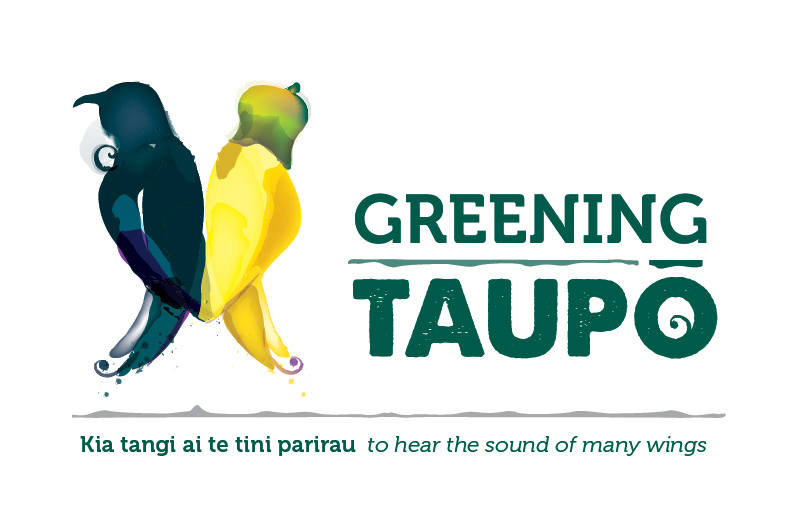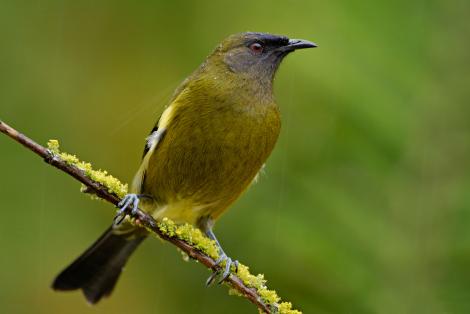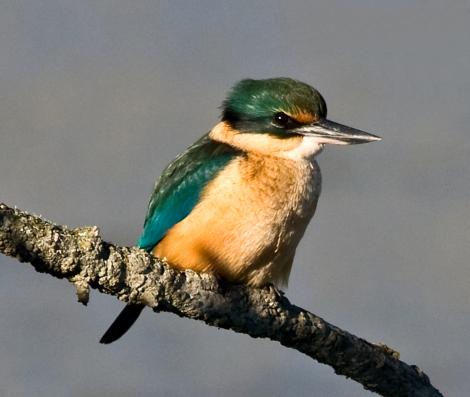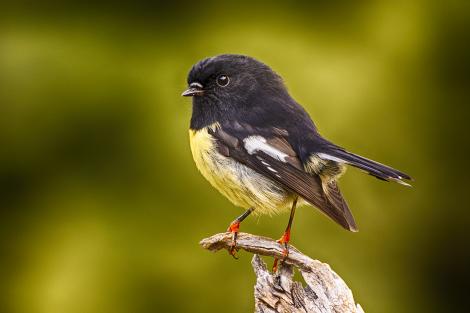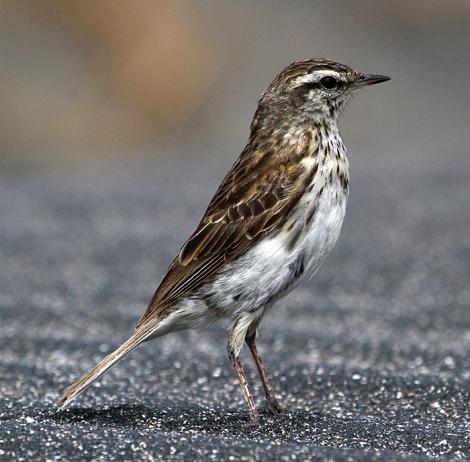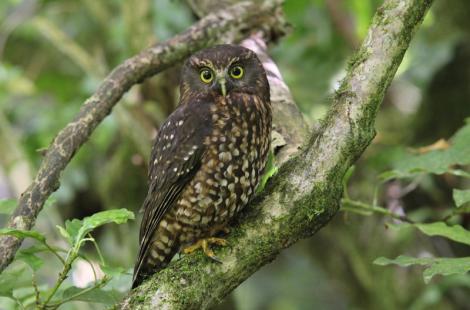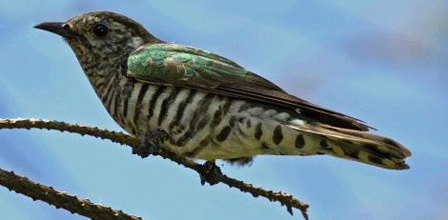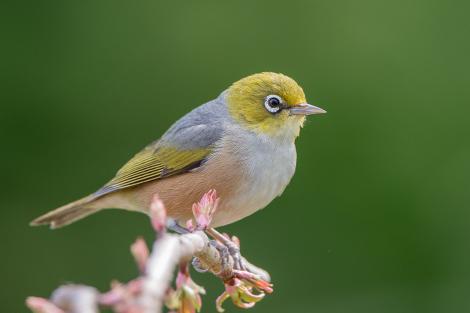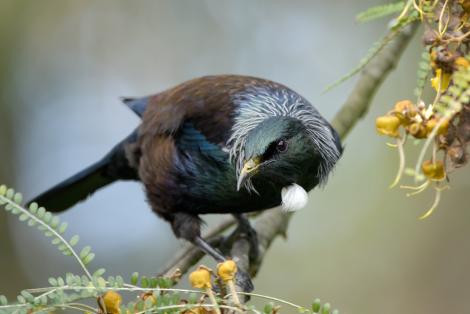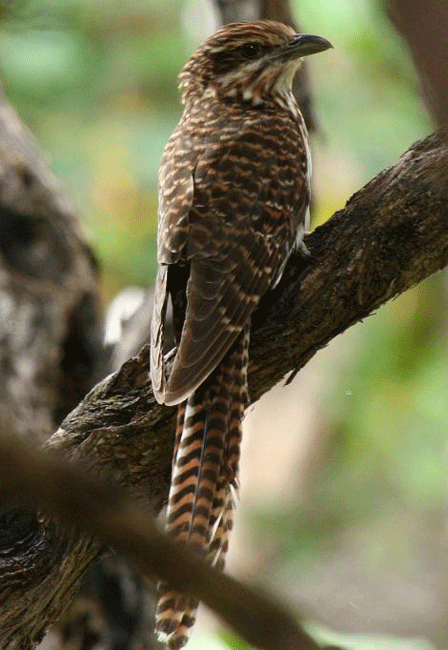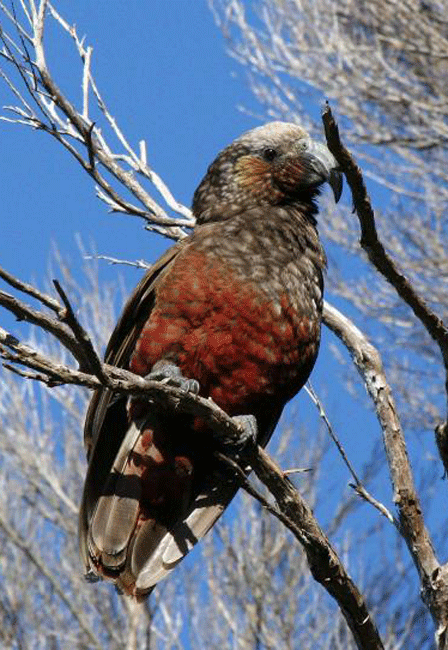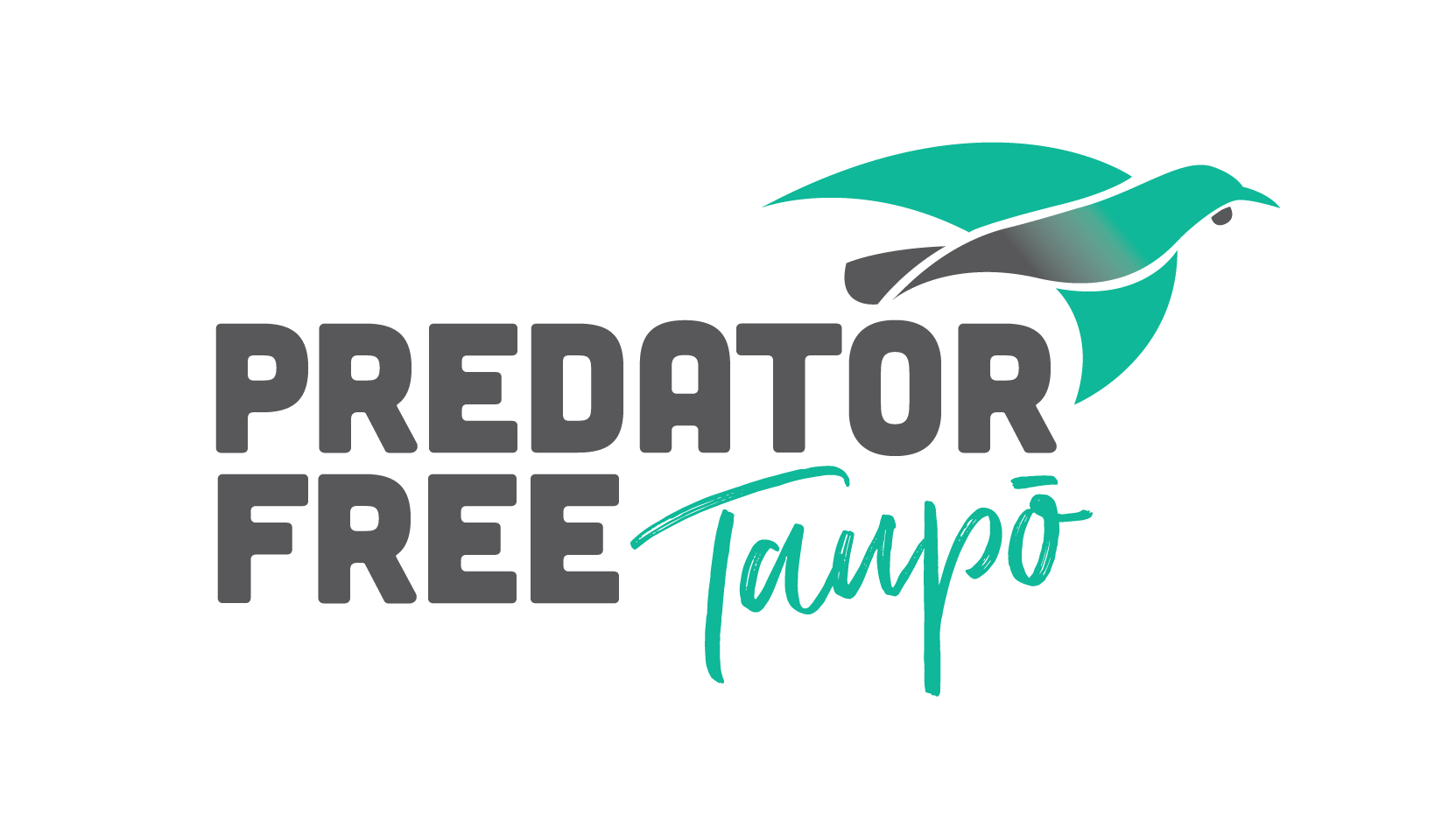
Your own backyard
What to plant
What to Plant
Apple/Crab Apple, Pear
Scientific Name: Malus X Domestica, Pyrus Communis
Native or Introduced: Introduced
Height: 4m
Habitat and Special Features: Spring blossoming and has small fruit favoured by wax-eyes.
Blue Gum
Scientific Name: Eucalyptus Globulus subsp. Globulus
Native or Introduced: Introduced
Height: 40m
Habitat and Special Features: Full light required. Large tree.
Bottle Brush
Scientific Name: Callistemon spp.
Native or Introduced: Introduced
Height: 5m
Habitat and Special Features: Full light required. Excellent nectar source.
Cabbage tree
Scientific Name: Cordyline Australis
Native or Introduced: Native
Height: 12m
Habitat and Special Features: Iconic tree with white flowers and fruit which are favoured by birds.
Camellias
Scientific Name: Camellia Japonica
Native or Introduced: Introduced
Height: 6m
Habitat and Special Features: Full light required. More simple, open flowering varieties are best.
Coastal banksia
Scientific Name: Banksia Integrifolia
Native or Introduced: Introduced
Height: 16m
Habitat and Special Features: Full light required. Excellent nectar source. Can be weedy in some locations.
Cook strait kowhai
“Dragon's Gold”
Scientific Name: Sophora Molloyi
Native or Introduced: Native
Height: 2m
Habitat and Special Features: Full light required. Best on steep banks and garden sites.
Feijoa
Scientific Name: Feijoa sellowana
Native or Introduced: Introduced
Height: 3m
Habitat and Special Features: Frost-sensitive when young.
Fierce lancewood
Scientific Name: Pseudopanax Ferox
Native or Introduced: Native
Height: 6m
Habitat and Special Features: Locally threatened.
Fivefinger
Scientific Name: Pseudopanax Arboreus
Native or Introduced: Native
Height: 6m
Habitat and Special Features: Dominant forest understory species.
Green misteltoe
Scientific Name: Lleostylus Micranthus
Native or Introduced: Native
Height: 1m
Habitat and Special Features: Locally threatened species which grows on other trees. Good fruit source for birds. Needs to be grown by seed.
Hakakeke, flax
Scientific Name: Phormium Tenax
Native or Introduced: Native
Height: 2m
Habitat and Special Features: Excellent nectar source, wetland/moist soil species.
Hinau
Scientific Name: Elaeocarpus Dentatus var. Dentatus
Native or Introduced: Native
Height: 20m
Habitat and Special Features: Tall forest tree but slow growing. Very important native forest fruit species.
Kaikomako
Scientific Name: Pennantia Corymbosa
Native or Introduced: Native
Height: 8m
Habitat and Special Features: Likes fertile soils.
Kakabeak
Scientific Name: Clianthus Maximus
Native or Introduced: Native
Height: 2m
Habitat and Special Features: Nationally threatened. Full light required. Best on steep banks and garden sites.
Kamahi
Scientific Name: Weinmannia Racemosa
Native or Introduced: Introduced
Height: 25m
Habitat and Special Features: Tall forest tree but slow growing.
Karamu
Scientific Name: Coprosma Robusta
Native or Introduced: Native
Height: 3m
Habitat and Special Features: Has abundant red fruits favoured by birds.
Kohuhu
Scientific Name: Pittosporum Tenuifolium
Native or Introduced: Native
Height: 10m
Habitat and Special Features: Good Mistletoe and Dactylanthus host.
Kotukutuku, tree fuchsia
Scientific Name: Fuchsia Excorticata
Native or Introduced: Native
Height: 6m
Habitat and Special Features: Associated with forest, gully and humid sites. Excellent nectar and fruit source.
Kumarahou
Scientific Name: Pomaderris Kumeraho
Native or Introduced: Native
Height: 2m
Habitat and Special Features: Likes poor soils. Will perform best on steep banks and raw pumice soils.
Lancewood
Scientific Name: Pseudopanax Crassifolius
Native or Introduced: Native
Height:6m
Habitat and Special Features: Frost-tolerant, has juvenile and adult growth forms.
Mahoe
Scientific Name: Melicytus Ramiflorus
Native or Introduced: Native
Height: 15m
Habitat and Special Features: Abundant regeneration already occurring beneath wood-lots.
Mahoe-wao
Scientific Name: Melicytus Lanceolatus
Native or Introduced: Native
Height: 6m
Habitat and Special Features: Good for frosty sites.
Manuka
Scientific Name: Leptospermum Scoparium var. Scoparium
Native or Introduced: Native
Height: 5m
Habitat and Special Features: Ecotone and wetland margin species.
Marri
Scientific Name: Corymbia Calophylla
Native or Introduced: Introduced
Height: 40m
Habitat and Special Features: Full light required. Frost-sensitive when young.
Matai
Scientific Name: Prumnopitys Taxifolia
Native or Introduced: Native
Height: 25m
Habitat and Special Features: Slow-growing and long-lived. Very important native forest fruit species.
Miro
Scientific Name: Prumnopitys Ferruginea
Native or Introduced: Native
Height: 25m
Habitat and Special Features: Slow-growing and long-lived. Very important native forest fruit species.
Mountain white gum
Scientific Name: Eucalyptus Dalrympleana
Native or Introduced: Introduced
Height: 40m
Habitat and Special Features: Large tree. Full light required. Frost-tolerant.
Mugga
Scientific Name: Eucalyptus Sideroxylon “Rosea”
Native or Introduced: Introduced
Height: 20m
Habitat and Special Features: Full light required. Small tree.
North Island kowhai
Scientific Name: Sophora Tetraptera
Native or Introduced: Native
Height: 12m
Habitat and Special Features: Local species. Good on steep banks and mass planted. Early flowering.
Papa kowhai
Scientific Name: Sophora Godleyi
Native or Introduced: Native
Height: 12m
Habitat and Special Features: Taihape-Whanganui species. Late flowering.
Pigeonwood
Scientific Name: Hedycarya Arborea
Native or Introduced: Native
Height: 6m
Habitat and Special Features: Sub-canopy forest small tree. Excellent summer fruit source.
Puawhananga, clematis
Scientific Name: Clematis Paniculata, C. Forsteri, C. Foetida
Native or Introduced: Native
Height: 6m
Habitat and Special Features: Flowers liked by kereru.
Putaputawetao
Scientific Name: Carpodetus Serratus
Native or Introduced: Native
Height: 5m
Habitat and Special Features: Forest species. Good Mistletoe and Dactylanthus host.
Red flowering gum
Scientific Name: Corymbia Ficifolia
Native or Introduced: Introduced
Height: 12m
Habitat and Special Features: Large red flowers. Frost-sensitive. Suitable to plant near Lake Taupo.
Red flowering yellow gum
Scientific Name: Eucalyptus Leucoxylon “Rosea”
Native or Introduced: Introduced
Height: 16m
Habitat and Special Features: Excellent nectar source. Medium sized tree.
Red hot pokers
Scientific Name: Kniphofia Uvaria
Native or Introduced: Introduced
Height: 1m
Habitat and Special Features: Sheltered sites required. Small garden plant which flowers over an extended season if dead-headed.
Red mapou
Scientific Name: Myrsine Australis
Native or Introduced: Native
Height: 8m
Habitat and Special Features: Small fruit favoured by birds.
Rewarewa
Scientific Name: Knightia Excelsa
Native or Introduced: Native
Height: 25m
Habitat and Special Features: Frost-sensitive when young. Dislikes phosphate fertilisers. Excellent nectar source.
River red gum
Scientific Name: Eucalyptus Camaldulensis
Native or Introduced: Introduced
Height: 20m
Habitat and Special Features: Large tree. Full light required. Fertile areas.
Shrub grevillias
Scientific Name: Grevillia species and hybrids
Native or Introduced: Introduced
Height: 1.5m
Habitat and Special Features: Excellent nectar source and hedging species.
Small leaved kowhai
Scientific Name: Sophora Microphylla
Native or Introduced: Native
Height: 12m
Habitat and Special Features: Tolerant of frosty sites—often deciduous. Mid to late flowering species.
Snow gum
Scientific Name: Eucalyptus Pauciflora
Native or Introduced: Introduced
Height: 15m
Habitat and Special Features: Full light required.
Swamp mingimingi
Scientific Name: Coprosma Propinqua and C. Tenuicaulis
Native or Introduced: Native
Height: 3m
Habitat and Special Features: Swamp and ecotone species.
Tarata
Scientific Name: Pittosporum Eugenioides
Native or Introduced: Native
Height: 12m
Habitat and Special Features: Good Mistletoe and Dactylanthus host.
Tasmanian snow gum
Scientific Name: Eucalyptus Coccifera
Native or Introduced: Introduced
Height: 15m
Habitat and Special Features: Full light required.
Toro
Scientific Name: Myrsine Salicina
Native or Introduced: Native
Height: 10m
Habitat and Special Features: Understory species.
Totara
Scientific Name: Podocarpus Totara
Native or Introduced: Native
Height: 30m
Habitat and Special Features: Slow-growing and long-lived. Very important native forest fruit species..
Tree lucerne
Scientific Name: Chamaecytisus Palmensis
Native or Introduced: Introduced
Height: 6m
Habitat and Special Features: Good nurse crop especially on raw pumice soils where other species struggle, but short lived.
Victorian waratah
Scientific Name: Telopea Oreades
Native or Introduced: Introduced
Height:6m
Habitat and Special Features: Full light required. Dislikes phosphate fertilisers. Excellent nectar source.
Wharariki, cliff flax
Scientific Name: Phormium Cookianum
Native or Introduced: Native
Height: 1m
Habitat and Special Features: Best on steep banks and garden sites. Excellent nectar source.
White mistletoe
Scientific Name: Tupeia Antarctica
Native or Introduced: Native
Height: 1m
Habitat and Special Features: Threatened species which grows on other trees. Good fruit source for birds. Needs to be grown by seed.
Wineberry
Scientific Name: Aristotelia Serrata
Native or Introduced: Native
Height: 6m
Habitat and Special Features: Short-lived quick-growing understory species. Good nectar species.

Your own backyard
Birdlife
Common native birds
Images:
Australasian Harrier © Glenda Rees; Fantail and New Zealand Pipit © Ormond Torr; Whitehead and Shining Cuckoo © Greening Taupo; Grey Warbler © Bartek Wypych; Morepork © Adam Clarke; Tomtit © Albert Aanensen; Tui, Bellbird, and New Zealand Falcon © Craig McKenzie; Silvereye © Tony Whitehead; Kingfisher © Rebecca Bowater
OCCASIONAL VISITORS
Images:
Long-tailed Cuckoo and North Island Kaka © Greening Taupo; New Zealand Falcon © Craig McKenzie
Occasional visitors
Images:
Long-tailed Cuckoo and North Island Kaka © Greening Taupo; New Zealand Falcon © Craig McKenzie
Your Own Backyard: Pest Control
There is general community interest in pest control and more people are recognising the threat these pests pose and are stepping up to support this work. For example the Wairakei Tourist Park businesses are in the process of purchasing predator trap boxes for their businesses. These boxes are relatively inexpensive as they are being made at Tongariro Prison. One problem with effectively controlling pests within the Greening Taupō area is the large number of properties present. So by encouraging local land owners both residential and commercial to ‘trap their patch' would be a fantastic outcome.
The priority areas to undertake pest control are along the Waikato River, Waipahihi Botanic Gardens and the Northern Taupō Reserves, because these areas are reserves, landowners are supportive and they have good access. We envisage community groups, school groups, landowners and general public undertaking this pest control, especially simple tasks such as checking predator trap boxes.
Predator Free Taupo launched in June 2017 alongside Greening Taupō under the Project Tongariro umbrella. Our website shares information and facilitates contact for people with an interest in pest control in the greater Taupō area. Our members range from people with single traps in their backyards, to members of large established projects such as those operating at Kinloch, Waipahihi, Pukawa, and many more locations around the lake. We will also apply for and distribute funds on behalf of the group.
If you wish to become involved in trapping then check out our projects. If you wish to start a new project then let us know.
